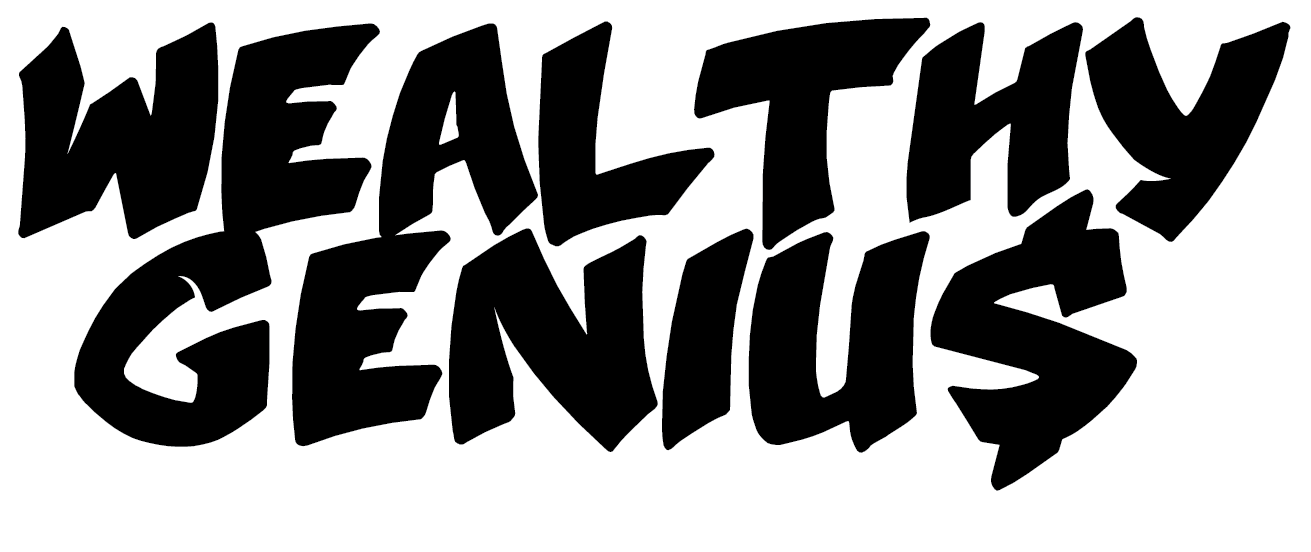In an era marked by rapid urban transformation and political upheaval, recent graphic novels have emerged as powerful conduits for social commentary. By blending personal narratives with sweeping historical and contemporary critiques, these works illuminate themes of gentrification, urban resistance, and the timeless relevance of figures like Abraham Lincoln. This trend underscores the medium’s evolution from niche entertainment to a vital tool for engaging with societal shifts, fostering empathy and prompting readers to confront the forces reshaping their world.
Gentrification and Urban Resistance: The Human Cost of Urban Renewal
Graphic novels have long captured the pulse of city life, but recent titles increasingly dissect the corrosive effects of gentrification on working-class and minority communities. These stories portray neighborhoods not as static backdrops but as battlegrounds where economic pressures erode cultural identities and displace long-time residents.
Laura Oldfield Ford’s Savage Messiah (2011), originally a series of zines compiled into a graphic novel, offers a raw psychogeographic tour of East London’s gentrifying landscapes. Ford’s collage-style pages—mixing text, drawings, photographs, and annotated maps—document the encroachment of “proto-gated communities” and privatized spaces in areas like Hackney and around Canary Wharf, accelerated by events such as the 2012 Olympics. The work critiques neoliberal policies as “accumulation by dispossession,” evoking historical imperialism while celebrating subcultural resistance in squats, abandoned bombsites, and punk networks. Through its “messy” aesthetic and violent rhetoric against sanitized redevelopment, Savage Messiah rejects commodification, urging readers to reclaim elusive urban “cracks” from surveillance and exclusion.
Similarly, Will Eisner’s seminal A Contract with God (1978), part of his Dropsie Avenue trilogy, vividly evokes the Bronx’s tenement life in the 1930s, where Jewish and immigrant families grapple with poverty and change. Set on the fictional 55 Dropsie Avenue, the stories chronicle the commodification of cultural spaces amid economic hardship, foreshadowing modern displacement as buildings decay and communities fracture. Eisner’s sequential panels, infused with signage and graffiti, mirror the tenement’s architecture, turning the graphic form into a lament for lost agency in the face of urban flux.
Contemporary works extend this tradition to grassroots activism. No Small Plans (2017), a Chicago-based graphic novel, interweaves timelines from 1928, 2017, and 2211 to explore displacement in Logan Square, where a teen protagonist faces eviction due to luxury developments. Through social-media vignettes and community protests, it highlights solidarity against the 606 elevated park’s role in accelerating gentrification, empowering young readers to map their own neighborhoods and advocate for equitable planning. These narratives collectively underscore how graphic novels amplify voices of resistance, transforming personal loss into calls for collective action.
Abraham Lincoln’s Presidency in Graphic Narrative: Lessons for a Divided Age
Abraham Lincoln’s legacy—forged in the crucible of the Civil War—resonates anew in graphic novels that bridge 19th-century turmoil with today’s debates on democracy, justice, and mental health. By humanizing the “Great Emancipator,” these works invite reflection on leadership amid crisis.
Noah Van Sciver’s The Hypo (2012) delves into Lincoln’s pre-presidential twenties in Springfield, Illinois, portraying his ascent as a Whig legislator and lawyer overshadowed by crippling depression, which he dubbed “The Hypo.” Amid friendships, dances, and a courtship with a Kentucky socialite, setbacks culminate in a nervous breakdown that nearly unravels him. Van Sciver’s dense crosshatching captures Lincoln’s internal “dark cloud,” yet emphasizes his bootstrap resilience, subtly foreshadowing the resolve that would guide the Union through division. This intimate focus humanizes Lincoln, linking his personal battles to broader themes of perseverance in pursuing democratic ideals.
Echoing this, Abraham Lincoln: Defender of the Union! retells his journey from humble log-cabin origins to martyrdom, emphasizing his sacrifice as a bulwark against tyranny. Such adaptations use visual pacing to parallel Civil War fractures with modern polarization, reminding readers that fragile unions demand vigilant stewardship. In an age of eroding trust in institutions, these graphic retellings affirm Lincoln’s story as a blueprint for navigating existential threats to justice.
Broad Societal Relevance: From Dystopia to Hope
Beyond urban woes and historical icons, 2025’s graphic novels tackle a spectrum of anxieties—political extremism, economic inequality, climate collapse, and identity struggles—through satire, drama, and speculative visions. These works not only chronicle cultural fault lines but also ignite aspirations for renewal.
Octavia E. Butler’s Parable of the Talents, adapted by Damian Duffy and John Jennings, unfolds in a dystopian America under a fascist “Make America Great Again” regime, where protagonist Lauren Olamina’s Earthseed faith fuels resistance against violence and trauma. Its dramatic sci-fi lens critiques polarization, blending hope with harrowing realism. Similarly, Hourglass by Barbara Mazzi envisions a world where immortality tech widens class chasms, using YA romance to satirize elite excess amid worker exploitation.
Satirical bites abound in Baby Blue by Bim Eriksson, a Swedish tale of enforced happiness policed by algorithms, where contraband “emotional music” sparks rebellion against mental health suppression. Simplicity by Mattie Lubchansky thrusts readers into 2081’s off-grid communes clashing with violent urban sprawl, lampooning gentrification’s extremes through erotic thriller tropes. Global dispatches like Lebanon is Burning by Yazan Al-Saadi compile graphic journalism on Middle Eastern resistance, echoing Joe Sacco’s style to humanize conflicts in Palestine and beyond.
Even horror and autofiction weigh in: Attis: A Trans Folk Horror by Devin Gallucci metaphors trans isolation in a haunted woods, while Alison Bechdel’s Spent dissects capitalist burnout through progressive activism’s toll. These titles affirm graphic novels’ versatility as both mirror and motivator, capturing 2025’s turbulence while sketching paths toward solidarity and reinvention.
As cities evolve and democracies strain, graphic novels remind us that stories—visual, visceral, and unflinching—remain essential for decoding our world and daring to reshape it.

